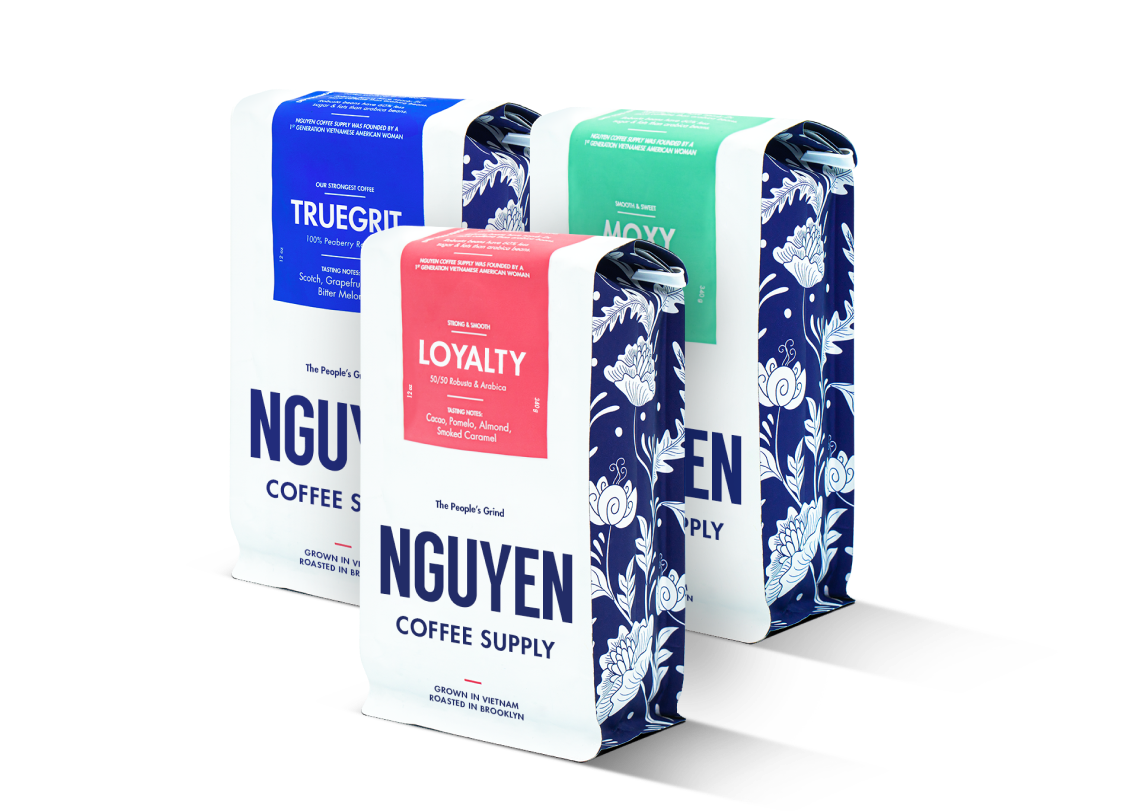

- FAN FAVORITE

Create for yourself or as a gift for your loved ones
Subscribe nowMe and mom just enjoyed the Nguyen phin drip experience. Wow. Proud of your work. We without hesitation enjoy the Vietnamese coffee and recommend your products. Thank-you to the Nguyen staff and tradition. From Canada eh!
(Photo: Our arabica beans getting washed in Da Lat, Vietnam. Credit: Nguyen Coffee Supply)
Not all coffee is the same. In fact, there are a variety of different processing methods for coffee beans in addition to the different varieties of beans themselves. The main methods of coffee processing include: washing, honey processing, and natural processing. These methods produce different results and some beans are more suited to a particular method depending on their origin, flavor profile, and type. Continue reading below to learn more.
Most commercial coffee beans available are processed via the washing method. This processing method is especially popular for specialty, single-origin coffees as it allows the coffee beans’ true flavors to shine.
Washing coffee involves pulping freshly-picked coffee cherries so that their outer layers are removed. Then, the pulpy layer called the mucilage is removed via soaking and fermentation, or “washing.” After that, the stripped coffee beans are dried and processed for roasting. Depending on the coffee, some beans are semi-washed or fully washed. What’s left at the end of the process is the green coffee bean that has no added flavors, just pure bean and clarity through and through.
Honey processed coffee derives its name not from the flavor of the resulting product, but rather from the fact that the bean itself often feels sticky during the process. To honey process coffee, the outer cherry layer is removed with the inner pulp mucilage left on the bean. After this, the beans are soaked and dried for a set amount of time and moisture content in order to allow the compounds in the pulp to penetrate into the inner bean.
Once the beans with pulp have dried long enough, they are milled to remove the mucilage and produce green coffee beans ready for roasting. Overall, this process requires precision and more time than other popular coffee processing methods, but the end result often yields a fruitier, less acidic coffee.
Naturally processed coffee is actually one of the original processing methods wherein the coffee cherry is left in tact to dry before removing the outer layers to reveal the green coffee beans inside the fruit. Making a comeback in popularity, this method requires intense precision in order to ensure consistency and avoid unwanted fermentation or molding of the fruits.
Naturally processed coffee allows the whole fruit–both the cherry and the mucilage– to penetrate the coffee beans while drying and impart their natural flavors. Once the green beans are roasted and brewed, the distinctive flavors and aromas of naturally processed beans are immediate and pronounced. Much like specialty wines, you can really get a sense of the terroir of the coffee you drink from its region to its climate through natural processing.
--
Next time you’re purchasing coffee, be sure to look out for processing method as it can determine the flavor profile of the bean. At Nguyen Coffee Supply, our arabica beans are washed while our robusta beans are natural processed– see if you can taste the difference!
--
See the journey of our coffee from bean to brew here.
Learn about the history of coffee in Vietnam here.